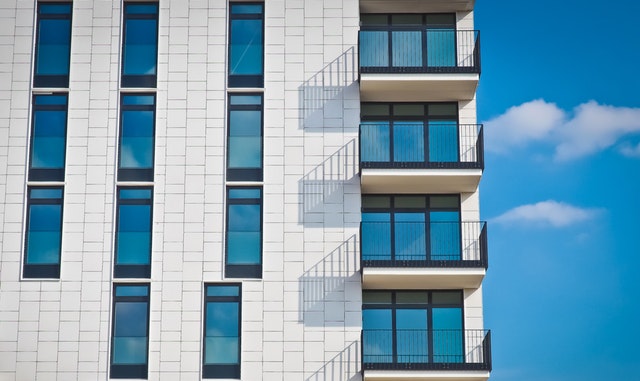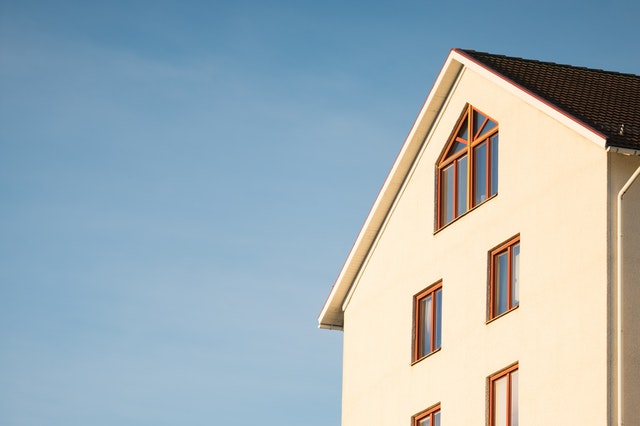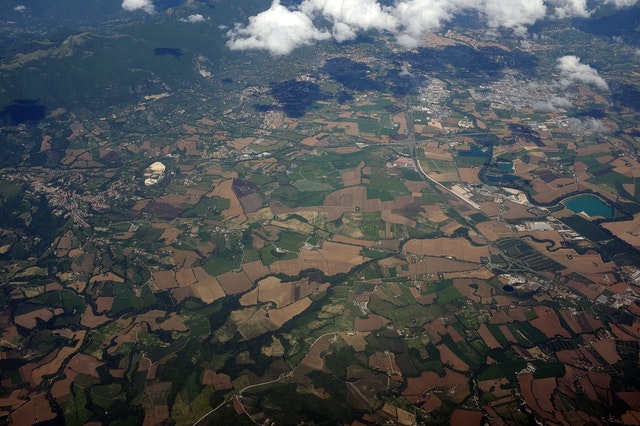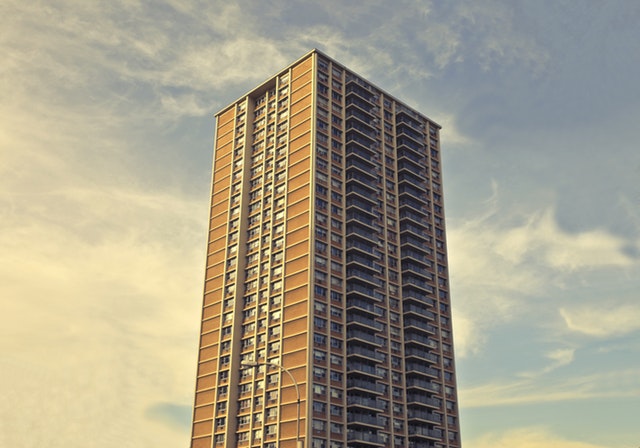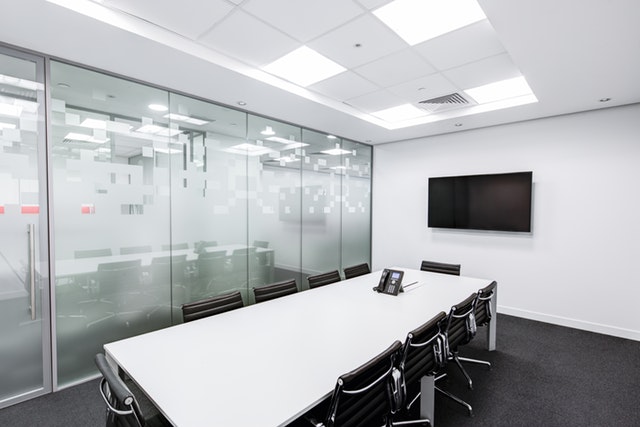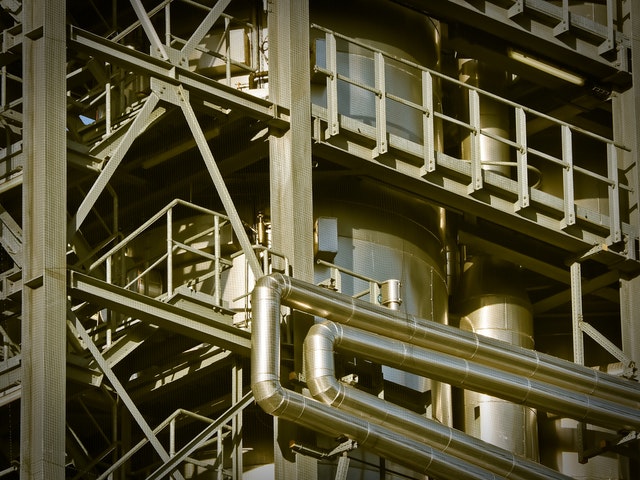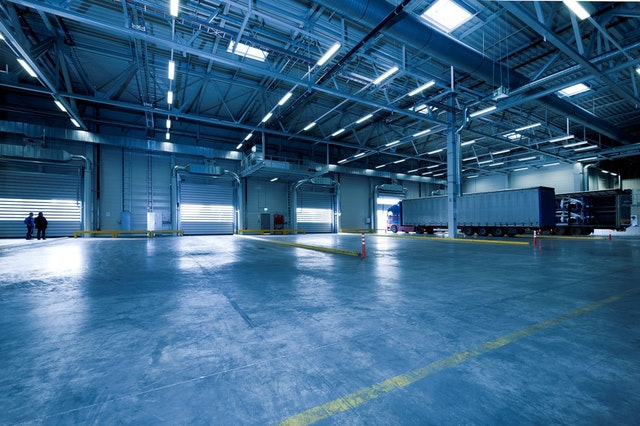Building manager: Those living in Khrushchevka and pre-war buildings pay the most for heating
Among the most energy-inefficient are the buildings of series 316 and 318, or Khrushchev-era buildings, as well as multi-apartment buildings built in the pre-war period, according to the information collected by the building management company “Selectum Home”* on the last heating season’s heat energy costs for the housing stock in Riga. Compared to the new projects built in the period from 2009 to 2022, the residents paid on average three times more for heating in the mentioned Soviet-era and pre-war buildings. The solar energy tariff of JSC “Rīgas siltums” experienced the highest jump so far on October 2 of this year, when the price of the tariff project previously approved by the Public Services Regulatory Commission increased almost twice, reaching 170.59 euros without VAT. Data collected by the building management company “Selectum Home” for 2021-2022. The heating season of 2016 shows that the residents spent an average of 1.38 euros per month excluding VAT for heating one square meter of a house. This fee was drastically different in buildings of different types and built in different time periods. The information collected by the housing manager reveals that the people living in pre-war buildings paid the most for heating their homes per month – an average of 1,728 euros per square meter without VAT, followed by buildings of the 316 and 318 series, or Khrushchev era buildings – an average of 1,689 euros without VAT. A slightly better situation is recorded in buildings of the 602 and 103 series, where heating one square meter per month on average costs 1,579 euros and 1,417 euros without VAT, respectively. The cost of heat energy was even slightly lower in the popular buildings of the 464 series, or Lithuanian projects, with heating costs per square meter averaging 1,348 euros per month without VAT. At the same time, the residents of the new projects paid significantly less for heating. For example, in the economic class housing of the housing developer “Bonava Latvija”, the cost of heating energy for one square meter per month was on average 0.515 euros without VAT. According to Valters Balakleitis, a member of the board of “Selectum Home”, the volume of heating costs in multi-apartment buildings is largely influenced by the energy efficiency indicators of the buildings, therefore it can definitely be said that buildings with high heating energy costs are inefficient in terms of energy efficiency: “I think no one is surprised by the pre-war and the low heat resistance of buildings built in Soviet times, on the condition that no measures related to increasing the energy efficiency of buildings have been taken. At the same time, a relatively more interesting picture opens up in buildings built after 2000 and included in the segment of new projects. As our observations show, in “new-old” projects or buildings built before 2008, heat energy costs can be up to two times higher than in “new-new” projects or buildings built after 2008. Therefore, I invite everyone who intends to change their home and move to one of the new projects to inquire about the energy efficiency class of the specific building beforehand, requesting to present an energy certificate.” The data collected by the building manager outlines the situation also in individual months. For example, during the past heating season, residents of Riga paid the most for heat energy in January, with the average price for heating one square meter per month reaching 1.58 euros without VAT.
On the other hand, the largest difference in the cost of heating one square meter in buildings of different series was observed in November, when those living in “Bonava Latvija” economy class housing paid an average of 4.7 times less (0.295 euros without VAT) than those who live in pre-war buildings (1.391 euros without VAT). Such a difference in costs can be explained mainly by the fact that in the autumn season, the days are still relatively warm, and the nights are cold. Buildings with low energy efficiency cool down faster at night, so maintaining a comfortable temperature in the premises requires a larger amount of heat energy. The second reason for such a price range can often be found in improper room ventilation, explains Balakleitis.
Read the full article here

